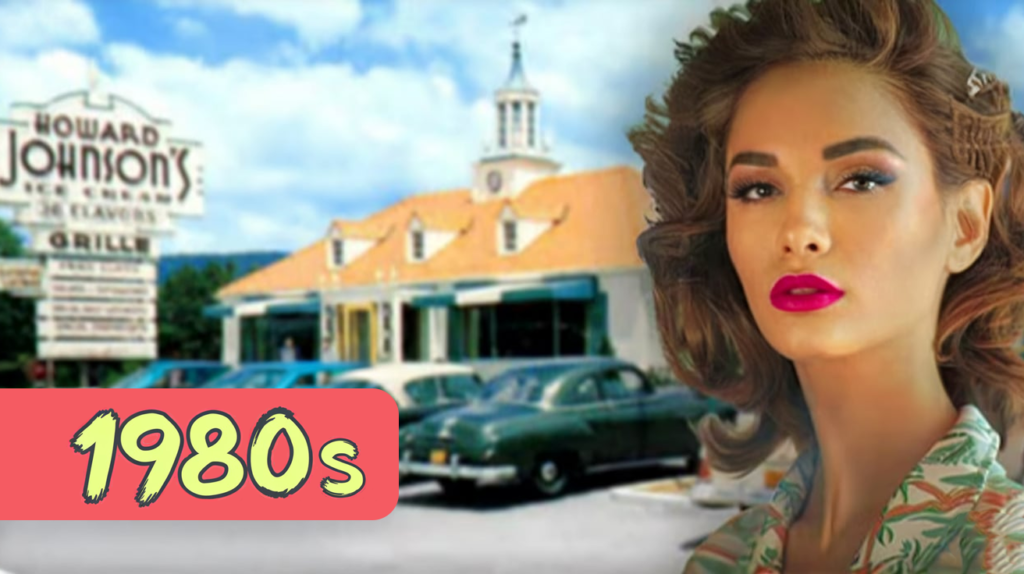
The restaurant industry crumbles businesses faster than day-old bread. Twenty once-thriving 1980s restaurant chains learned this lesson the hard way. Poor food quality destroyed loyal customer bases they had spent years building. Management changes led to cost-cutting measures that backfired terribly. Health scares and inability to adapt sealed their fates.
Find out what killed these popular chains before the same happens to your current favorites.
19. Bennigans

The Pillsbury Company launched Bennigan’s as a distinctive alternative to traditional fast food, introducing Americans to casual Irish pub dining. This franchise captured the restaurant market with signature dishes like the Monte Cristo sandwich and Buffalo wings served in a relaxed pub atmosphere. During the 1980s, Bennigan’s reached its zenith as themed restaurants dominated the American dining landscape, providing reasonably priced meals in comfortable surroundings. The chain’s bankruptcy filing in 2008 marked the end of an era, leaving vacant buildings across America as silent reminders of 1980s dining excess.
18. The Sloppy Spatula
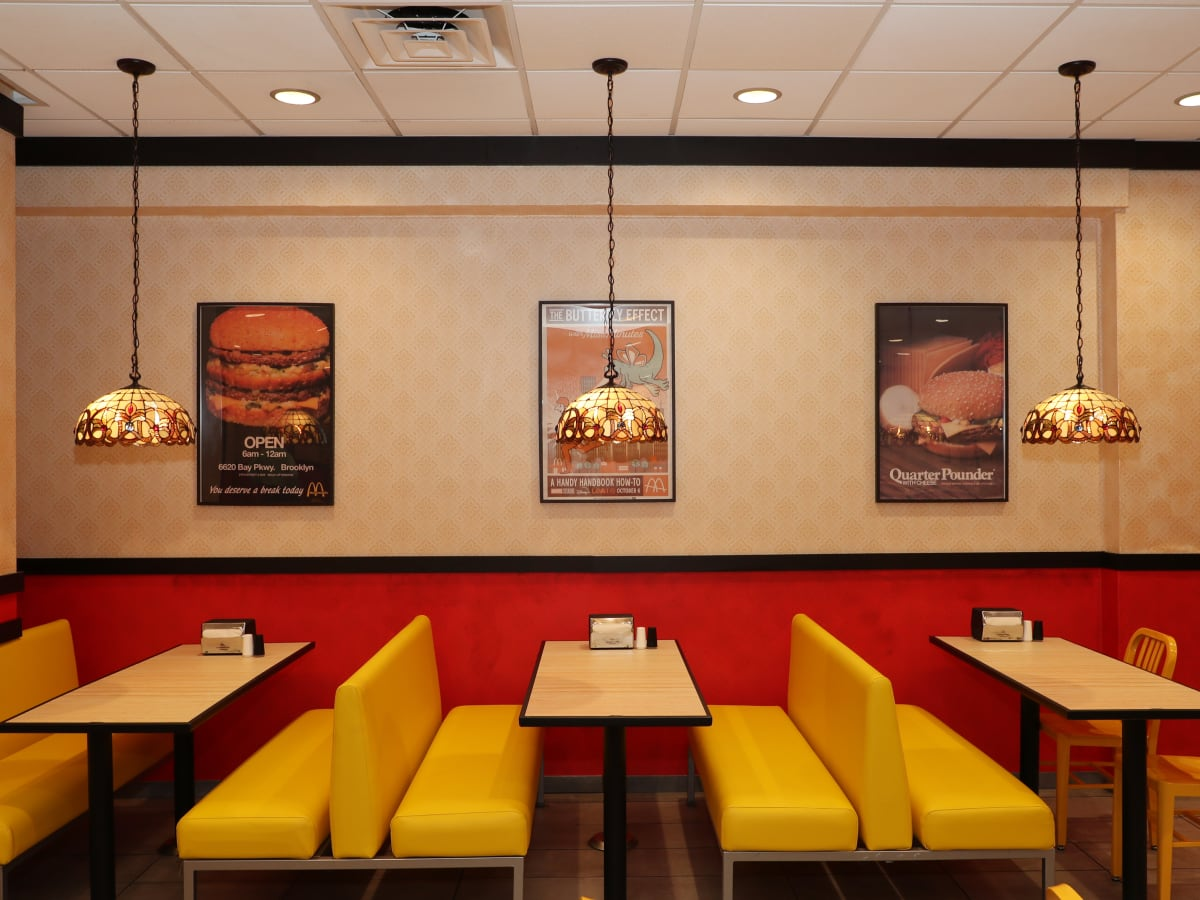
In 1982, The Sloppy Spatula entered the competitive fast-food market with a focus on customizable burgers and distinctive branding. Despite initial customer interest, this restaurant chain struggled with consistency issues during its brief four-year existence in the industry. Distinctive spatula-shaped signage made these establishments immediately recognizable in commercial areas across several states. After just four years of tepid customer response, the business shut its doors without leaving any meaningful impact on the fast food landscape.
17. Brewster’s Chicken
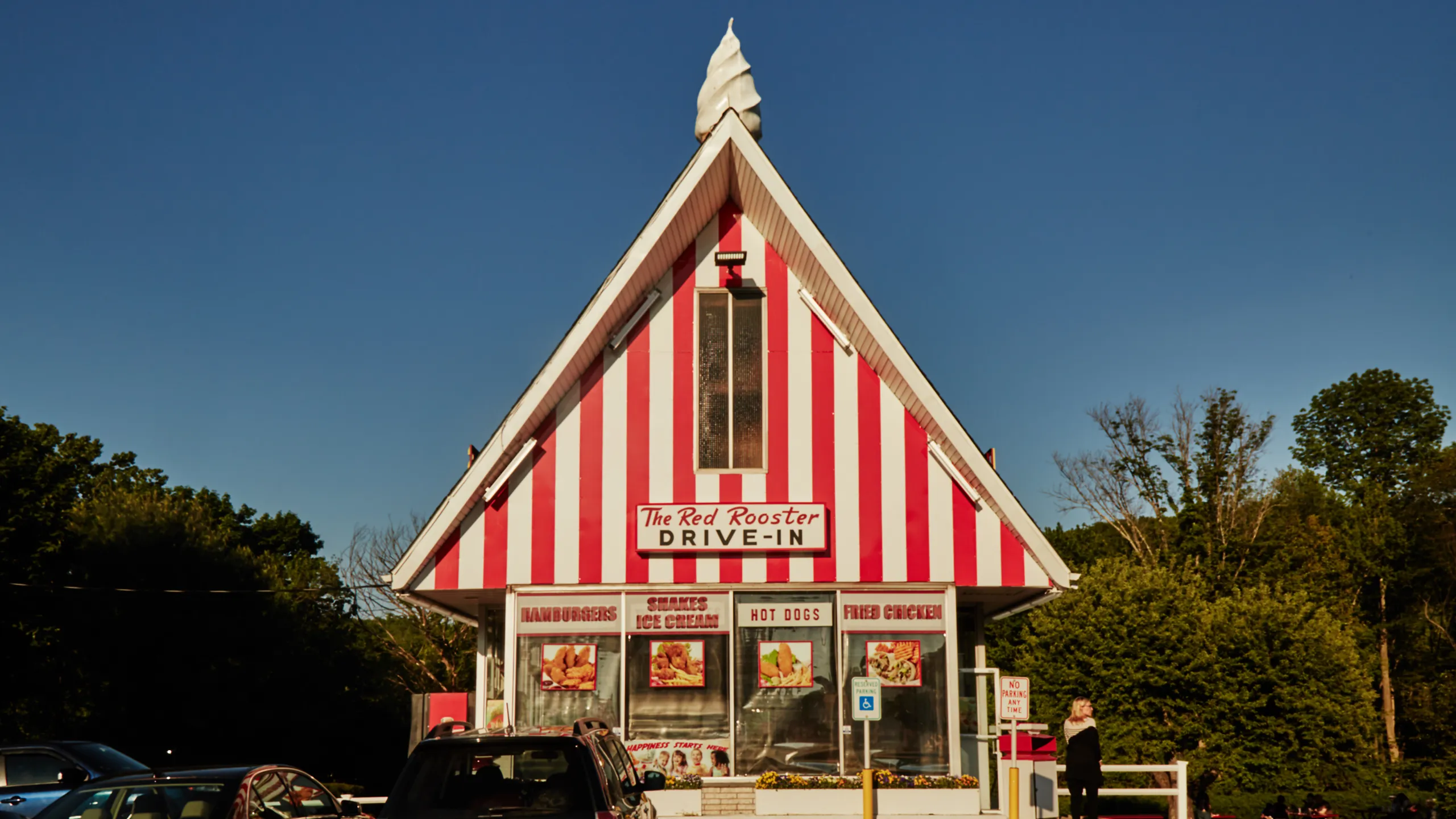
Pizza Hut co-founder Frank Carney established Brewster’s Chicken to create a distinctive position in the competitive fried chicken segment. Initial customer response proved positive, particularly for the extra-crispy chicken preparation and unique side dishes that offered alternatives to established brands. As locations multiplied, consistency issues emerged across different geographical markets, especially when ingredient costs increased and standardization efforts faltered. No amount of Pizza Hut experience could save Carney’s chicken concept when quality plummeted and customer complaints mounted.
16. Wags

Walgreens created Wags restaurants as a strategic diversification effort, expanding beyond pharmaceuticals into the growing family dining segment of the 1960s. Located adjacent to Walgreens stores, these establishments offered convenient meal options ranging from breakfast specials to dinner plates at competitive price points. Families appreciated the practical convenience of combining shopping and dining in a single location during busy days. By the late 1980s, corporate executives pulled the plug on the restaurant experiment, choosing to focus on pharmaceuticals rather than pancakes.
15. GD Ritzys
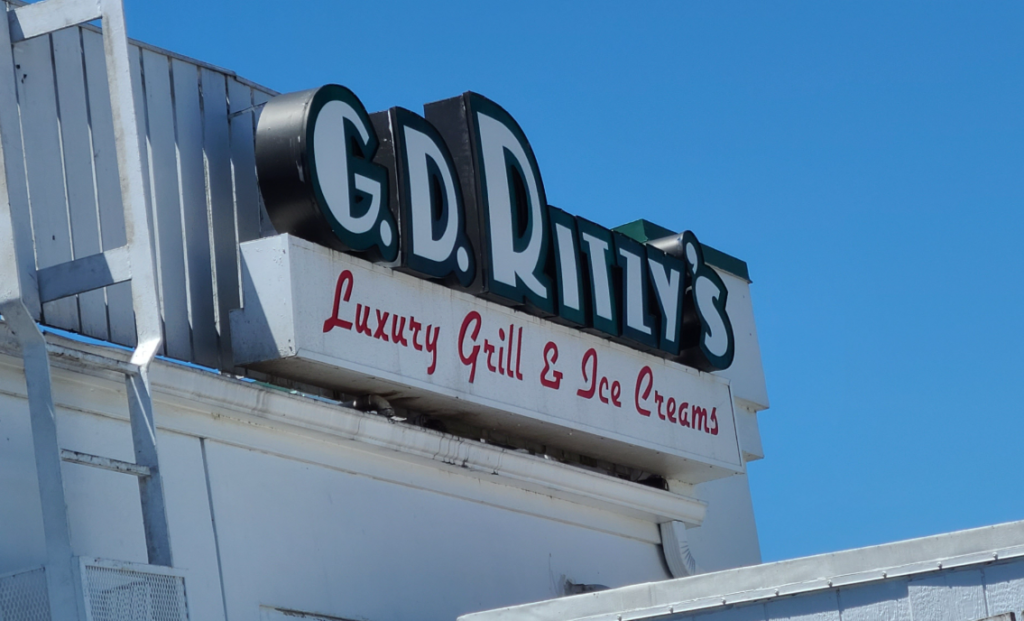
Ever wonder what dining was like in the 1950s? GD Ritzy’s restaurants recreated classic American diner aesthetics with chrome fixtures, checkerboard floors, and traditionally uniformed staff throughout the 1980s. Founder Graydon Webb developed the concept around hand-patted burgers, freshly cut fries, and small-batch ice cream production that emphasized quality over mass production. Period-appropriate music from Elvis and Buddy Holly played on vintage-style jukeboxes, completing the immersive historical dining experience. Most locations closed unceremoniously as the 1980s waned, with changing consumer tastes leaving the nostalgic concept financially unviable. Now you long for it like those old 1970s lunches.
14. York Steakhouse

York Steakhouse revolutionized mid-range dining by introducing cafeteria-style steakhouse service that significantly reduced traditional steakhouse prices during the 1970s and 1980s. Customers selected their preferred steak cut, potato option, and sides while moving through a service line, creating an efficient dining model that reduced staffing costs. Complete steak dinners typically cost under $10 per person, placing special-occasion meals within reach of average American households during economically challenging times. The dim lighting that once created atmosphere eventually served to hide the declining food quality that sent customers looking elsewhere for affordable steak dinners.
13. Sambo’s

From a single California location, Sambo’s expanded rapidly through aggressive franchising to reach 1,117 restaurants nationwide during its 1970s peak. The chain specialized in all-day breakfast service alongside traditional American entrées, establishing itself as a reliable roadside option for travelers and locals alike. Financial difficulties coincided with growing public concern about the restaurant’s controversial name and imagery as cultural awareness evolved during the late 1970s. Lawsuits, public protests, and financial mismanagement combined to topple what had briefly been one of America’s largest restaurant chains.
12. Howard Johnson’s

Those distinctive orange roofs once symbolized reliability for American families traversing the growing interstate highway system from the 1950s through 1980s. Howard Johnson’s established the blueprint for consistent roadside dining experiences, featuring a standardized menu highlighted by their famous 28 ice cream flavors across all locations. Architectural uniformity and bright color schemes created instant recognition for tired travelers seeking familiar dining options during long journeys. The last Howard Johnson’s restaurant closed its doors in 2022, ending a 97-year run that concluded with decades of steady decline.
11. Victoria Station
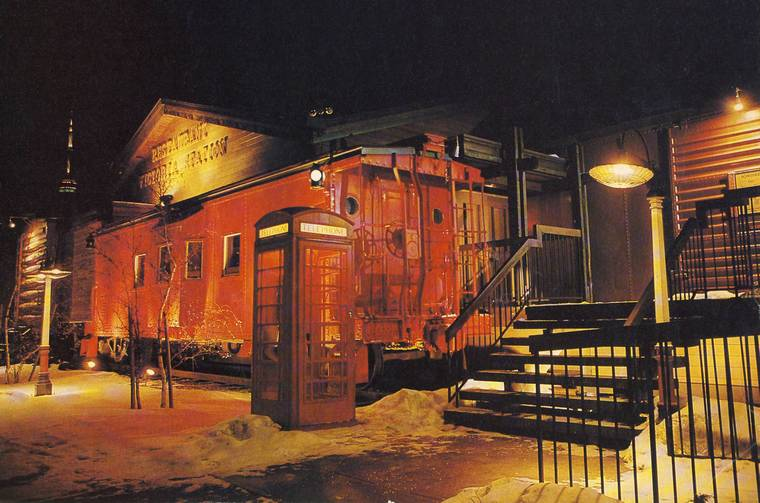
Would authentic railway dining cars create a memorable restaurant experience? Victoria Station tested this concept by constructing restaurants from retired railroad cars filled with genuine railroad memorabilia during the 1970s and 1980s. Prime rib dominated the menu, offered alongside an extensive salad bar that became a signature feature during the chain’s peak operation years. Converting cabooses into bar areas and creating distinctive railcar seating arrangements provided unique atmospheric elements unavailable in conventional restaurants. Diners eventually tired of eating average steaks in novelty train cars, sending the concept into bankruptcy as the themed restaurant trend faded.
10. Gino’s Hamburgers
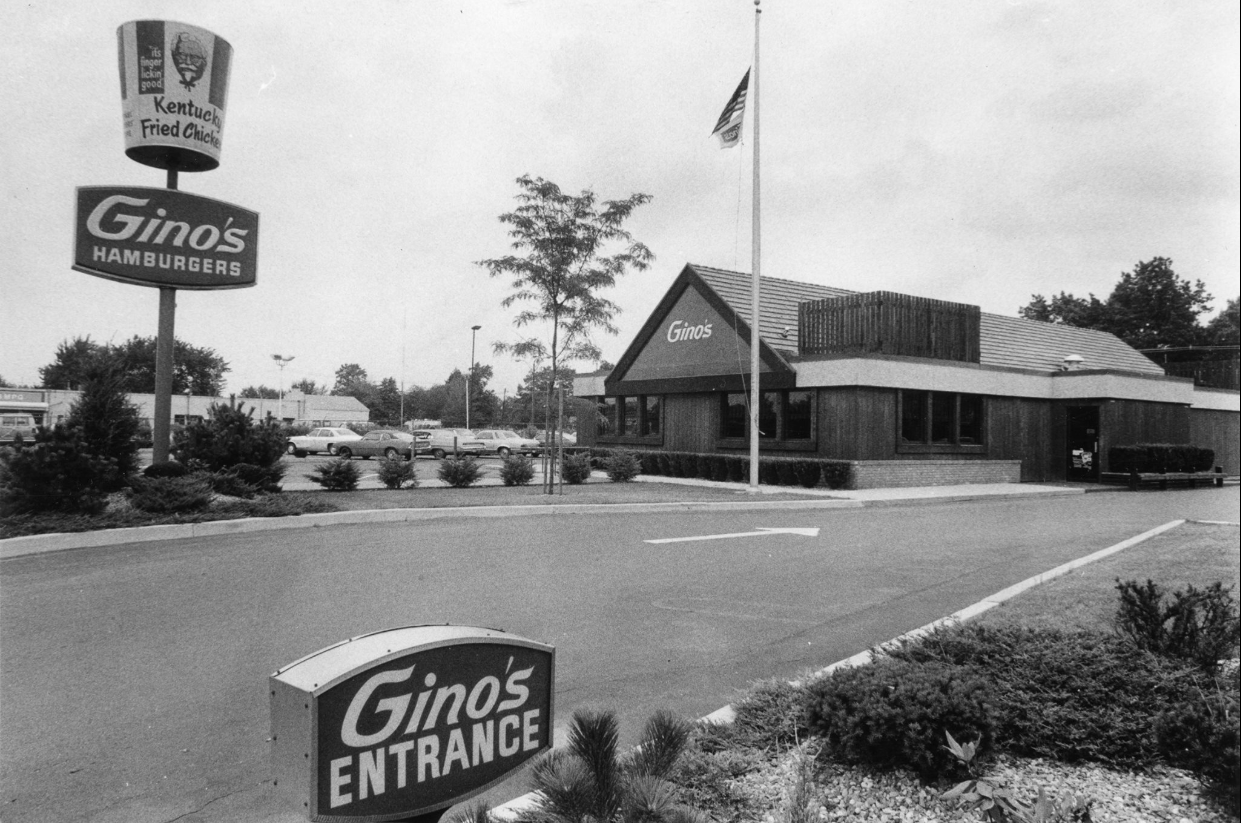
NFL defensive star Gino Marchetti created Gino’s Hamburgers as a sports-themed burger concept leveraging his Baltimore Colts fame to attract initial customers. Innovative for its time, many locations operated dual concepts by offering Kentucky Fried Chicken alongside Gino’s original burger menu, satisfying diverse customer preferences. The signature Gino Giant directly challenged McDonald’s Big Mac while sports memorabilia created an atmosphere celebrating Marchetti’s football achievements. The Marriott Corporation’s acquisition effectively erased the Gino’s brand from the American restaurant landscape until a brief, unsuccessful revival attempt decades later.
9. Shakey’s Pizza Parlor
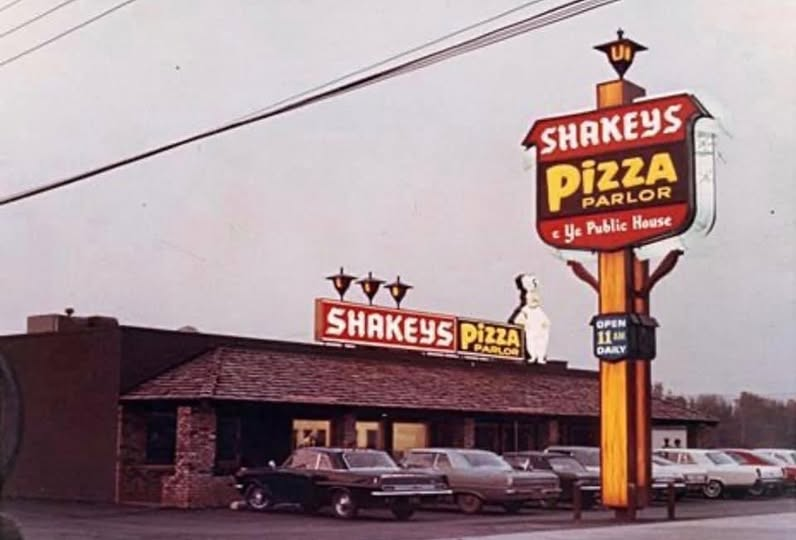
Live ragtime piano and banjo performances distinguished Shakey’s Pizza Parlor from competitors, establishing one of America’s first entertainment-focused restaurant concepts. Transparent kitchen operations allowed customers to observe pizza preparation, adding visual interest to the dining experience in an era before open kitchens became commonplace. All-you-can-eat lunch buffets featuring pizza, chicken, and pasta attracted families seeking value while enjoying musical performances on raised stages. Customer complaints about mediocre pizza eventually drowned out the banjo music, leading to mass closures across the once-thriving chain.
8. Sandys

What if McDonald’s had a Scottish accent? Sandy’s restaurants explored this concept with tartan-uniformed employees and Scottish-themed branding centered around their signature “Big Scot” hamburger. Starting from a single Illinois location, the chain expanded to approximately 150 Midwest outlets, creating regional loyalty through slightly larger burger patties and thicker milkshakes than national competitors offered. Regional flavor variations and distinctive branding helped Sandy’s carve out market share despite competition from emerging national brands with larger marketing budgets. Hardee’s swift conversion of the acquired restaurants effectively erased Sandy’s Scottish-themed identity from the Midwest’s fast food memory.
7. Arthur Treacher’s Fish and Chips

British-style fish and chips entered American fast food through Arthur Treacher’s, featuring thick-cut cod in distinctive crispy batter alongside oversized potato wedges. Named after a famous British actor, these restaurants created English atmospheres through nautical-themed décor and affected British service styles that enhanced the international dining experience. Table-dispensed malt vinegar introduced many Americans to traditional British condiments during the chain’s 1970s popularity peak. Rising fish prices devastated the chain’s business model, reducing hundreds of locations to just a handful of surviving restaurants by the 1990s.
6. Lums
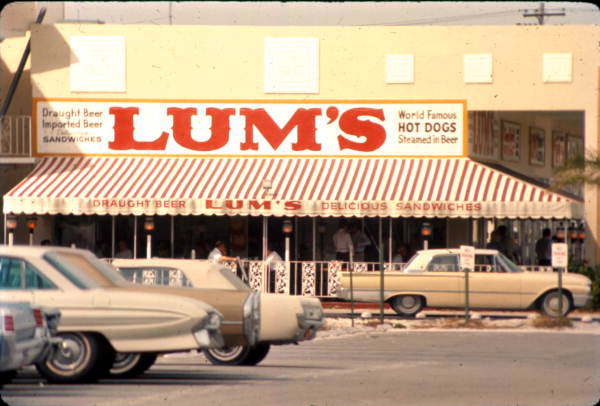
Beginning as a modest hot dog stand, Lum’s expanded into a national chain recognized for its signature beer-steamed hot dogs and relaxed dining atmosphere. The proprietary Ollieburger featured a unique seasoning blend developed by culinary innovator James Chalikis, creating a distinctive offering that attracted dedicated customers. Both family meals and alcoholic beverages appeared on Lum’s menus, positioning the restaurants as versatile gathering spots that bridged fast food and casual dining categories. Multiple ownership changes and declining standards eventually pushed Lum’s into bankruptcy, ending its brief moment as a national chain.
5. Chi-Chi’s

Chi-Chi’s restaurants introduced Mexican cuisine to many Americans for the first time, serving adapted versions of traditional dishes in festively decorated environments during the 1970s and 1980s. Nachos and chimichangas gained widespread popularity through Chi-Chi’s expansion into regions previously unfamiliar with Mexican food options. Theatrical service touches, including servers announcing “¡Chi-Chi’s!” when delivering sizzling fajita platters, created memorable dining experiences that customers recall decades later. A devastating hepatitis A outbreak in 2003 delivered the final blow to an already struggling chain, killing four customers and the brand’s future in America.
4. Bonanza Steakhouse
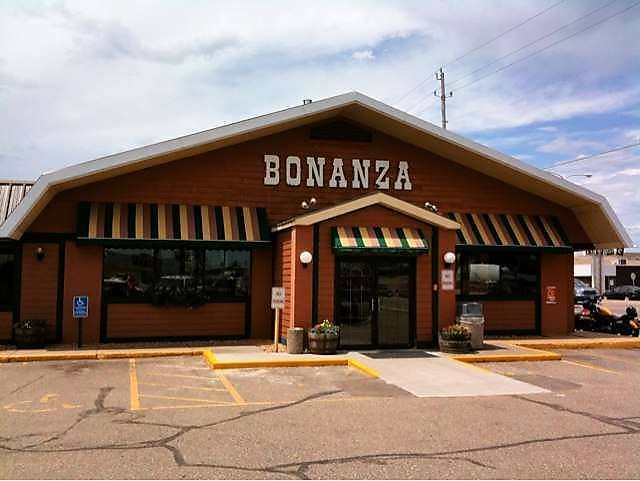
“Bonanza” television star Dan Blocker founded Bonanza Steakhouse, combining affordable steaks with unlimited buffet access in Western-themed settings. Rustic décor elements established casual atmospheres where families could enjoy customized steak preparations alongside multiple buffet visits without budget concerns. Customers selected preferred steak cuts for individual preparation while maintaining freedom to visit extensive side and salad stations as frequently as desired. Financial troubles forced the once-expansive chain into bankruptcy in 2008, closing most locations as customers increasingly abandoned buffet concepts.
3. Burger Queen

Challenging male-dominated burger chains, Burger Queen established a distinctive market position through queen mascot branding and family-oriented service models in primarily southern markets. The “Royal Burger” and signature frozen desserts helped differentiate the chain from larger competitors with similar core menu offerings. Early adoption of drive-through technology through their “Queenie Service” system demonstrated innovation in convenience-focused service before such features became industry standards. The Queen’s reign ended not with a coronation but with a name change to Druther’s, before most locations eventually converted to Dairy Queen.
2. Gobbler Supper Club

Standing boldly along Wisconsin highways, the Gobbler Supper Club embodied futuristic restaurant design with its circular structure, psychedelic interior elements, and revolutionary rotating bar. Strategic highway-adjacent positioning established the turkey-focused restaurant as both dining destination and architectural curiosity during the 1970s. Traditional supper club offerings including relish trays, Friday fish fries, and ice cream cocktails served in space-age surroundings created a distinctive dining dichotomy. Dwindling customer interest finally killed the turkey-themed restaurant in 1992, leaving only its distinctive building as a quirky roadside curiosity.
1. Steak and Ale
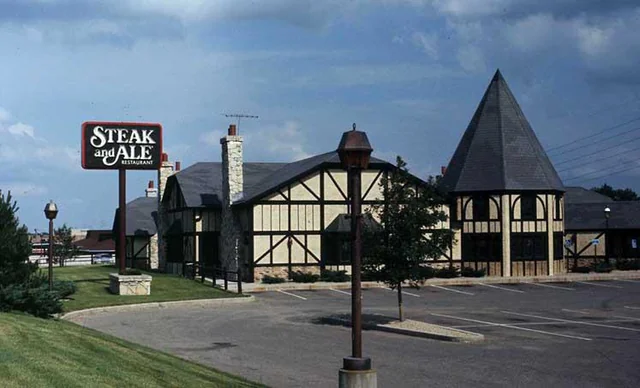
Restaurant industry innovator Norman Brinker created Steak and Ale, introducing the now-ubiquitous salad bar concept that revolutionized casual dining service models. Tudor-style architecture and specialized server training programs established distinctive dining environments with consistent service standards across all locations. Quality beef cuts remained affordable through operational efficiencies and partial self-service approaches that reduced traditional steakhouse staffing requirements. After changing hands multiple times, the pioneering chain closed its last restaurant in 2009, unable to adapt to changing consumer preferences despite its early innovations.





















